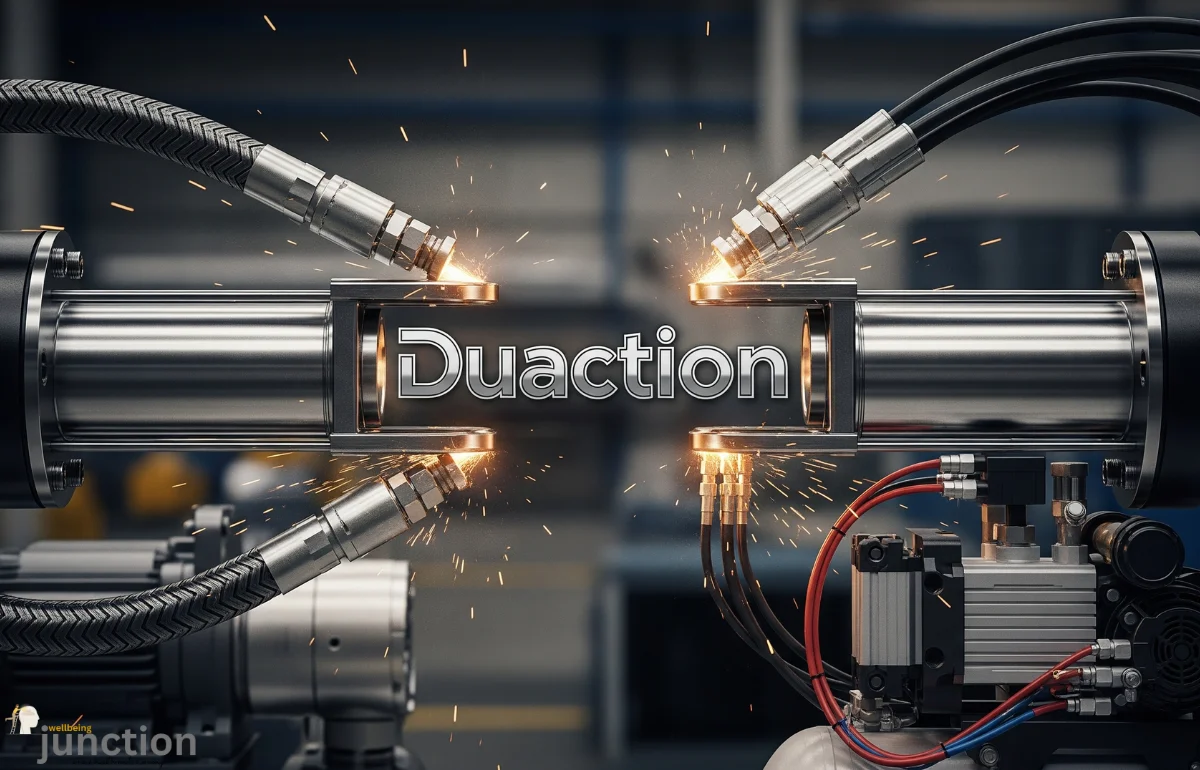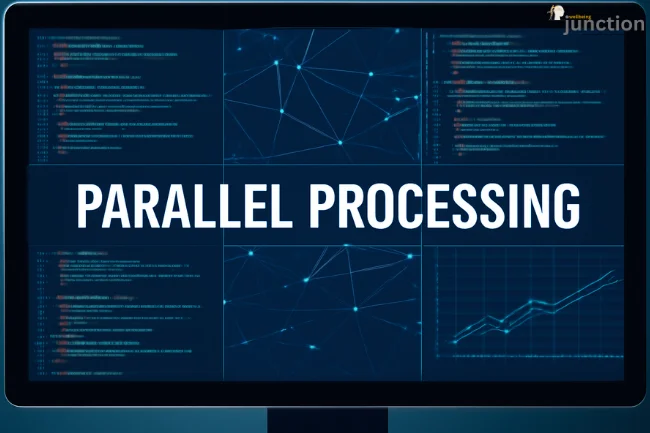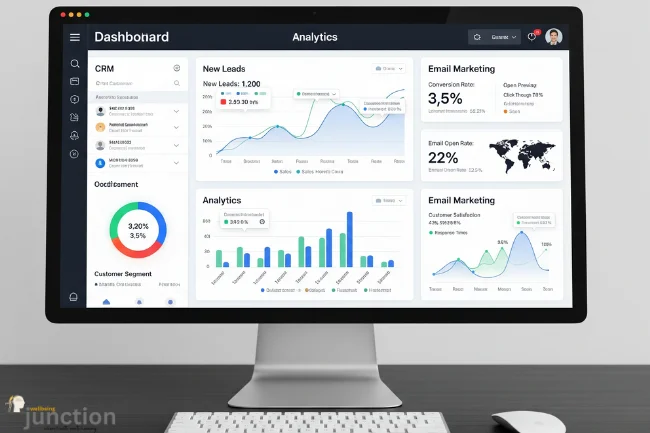The concept of duaction may not be a common household term, but it is becoming increasingly relevant in a variety of industries. Duaction refers to processes where two actions or functions occur simultaneously to achieve an optimal result. This principle is particularly significant in technical, mechanical, medical, and computational fields, as it enhances efficiency, precision, and convenience. In this article, we explore how duaction is applied across different sectors and the role it plays in shaping the future of technology and business.
What Is Duaction?
Duaction involves the synchronization of two distinct functions within a single system. Instead of performing one task at a time, these systems allow for the simultaneous completion of two operations, making processes faster, more efficient, and less prone to human error. While the term “duaction” might not be widely recognized, its applications are evident in a range of technologies that impact daily life, from manufacturing to healthcare.
This approach offers significant improvements across industries, enhancing both the speed and quality of work. By understanding the principles behind duaction, professionals can explore its potential to optimize their own systems.
Duaction in Engineering: Improving Efficiency
Tools and Machinery with Dual Functions
In engineering, dual-action processes are commonly used in machinery that performs two functions at the same time. For example, pneumatic and hydraulic cylinders can operate forward and return strokes without requiring manual intervention. These systems are essential in environments that rely on continuous operation and high precision, such as manufacturing and automation.
By integrating two functions into one, these tools streamline processes, reduce downtime, and increase the overall efficiency of production lines. This continuous operation is especially useful in industries where speed and accuracy are paramount.
Key Benefits in Engineering
-
Automation: Machines with dual functions reduce the need for manual resets, allowing systems to operate without interruption.
-
Increased Precision: With dual-action capabilities, machinery can achieve higher precision while reducing the risk of human error.
-
Faster Production: Simultaneous operations lead to faster task completion, helping to meet tight deadlines and optimize workflows.
Duaction in Software: Enhancing Performance and Functionality
Optimizing Software with Parallel Processing
In the world of software development, duaction plays a crucial role in improving the performance of algorithms and systems. Parallel processing, for example, allows a system to perform multiple operations at once, making software applications more responsive and efficient. One common application of this is in recommendation engines, where one part of the algorithm tracks user behavior while another processes real-time data.
These dual-action processes ensure that the system can analyze and respond to data quickly, resulting in a better user experience. Additionally, multitasking capabilities are often used in AI to handle various tasks simultaneously, improving decision-making and enhancing the performance of applications.
Duaction in Healthcare: Dual-Purpose Medications and Devices
Medications That Address Multiple Health Needs
The healthcare industry benefits from duaction through the development of medications and treatments that perform two functions simultaneously. For example, certain drugs provide both pain relief and anti-inflammatory effects, allowing for a more comprehensive treatment in a single prescription. This eliminates the need for patients to take multiple medications, improving compliance and overall treatment efficacy.
Advanced Medical Devices
Medical devices, such as dual-chamber pacemakers and combination inhalers, also incorporate the principles of duaction. These devices are designed to address multiple aspects of a patient’s condition at once, providing more effective care for complex health issues. By combining two functions into one device, healthcare providers can offer patients better outcomes while minimizing the number of devices they need to use.
Duaction in Business Tools: Streamlining Operations
Multi-Function Software for Business Efficiency
In the business world, the concept of duaction is applied to software tools that combine multiple functions in a single platform. Customer Relationship Management (CRM) software, for example, may integrate email marketing, analytics, and customer support features. This reduces the need for separate applications, saving time and improving overall workflow.
By adopting tools that provide multiple functionalities, businesses can streamline their operations, improve team collaboration, and enhance data management. These all-in-one systems make it easier to manage various aspects of business processes without switching between different tools.
Benefits for Business Productivity
-
Reduced Software Bloat: By consolidating multiple tools into one platform, businesses can avoid the inefficiencies caused by using too many separate programs.
-
Better Collaboration: Team members can work within the same system, improving communication and collaboration.
-
Improved Reporting: Integrating features like data tracking and analytics into one tool helps businesses make informed decisions and drive better results.
The Growing Role of Duaction in the Age of Automation and AI
As automation and AI technologies evolve, duaction is expected to play a larger role across industries. Robotics, for instance, increasingly relies on dual-action processes to perform multiple tasks simultaneously, such as rotating and gripping objects in one motion. This dual functionality improves the efficiency and capability of robots, allowing them to complete complex tasks more effectively.
The integration of duaction into smart homes is another area where its influence is growing. Devices that monitor energy usage while controlling appliances simultaneously are becoming more common, driving greater efficiency in energy management.
As these technologies continue to advance, the applications of duaction will likely expand, opening up new possibilities for automation, AI, and other fields.
Table: Duaction Applications Across Key Industries
| Industry | Key Application | Primary Benefits |
|---|---|---|
| Engineering | Pneumatic and hydraulic cylinders with dual movements | Continuous operation, precision, and reduced downtime |
| Software & Computing | Parallel processing and multitasking in algorithms | Faster, more responsive applications |
| Healthcare | Medications and devices that serve dual functions | Comprehensive treatment and improved patient outcomes |
| Business & Productivity | CRM platforms integrating email marketing, analytics, etc. | Streamlined workflow and better team collaboration |
Looking Ahead: The Future of Duaction
As AI and automation continue to evolve, the role of duaction will only increase. Future applications of dual-action systems are expected to revolutionize industries like robotics, healthcare, and smart homes. For example, robotic arms may soon be able to perform even more complex tasks with minimal human intervention, while smart home devices will integrate even more functions into a single interface.
As the demand for multifunctional systems rises, embracing duaction could be key to staying competitive in industries that rely on innovation and efficiency. Professionals in fields ranging from manufacturing to software development should explore how this principle can enhance their systems and processes.
Conclusion: Harnessing the Power of Duaction
While duaction may be a term that’s not immediately familiar, its applications are already transforming industries across the globe. From precision machinery in engineering to intelligent software and healthcare advancements, the benefits of integrating two actions into a single process are clear.
As technology continues to evolve, embracing dual-action systems will be crucial for staying ahead of the curve. Whether you are in healthcare, engineering, or business, exploring how duaction can improve your processes will help you drive greater efficiency and innovation.
Frequently Asked Questions

Ton Roobprom is an experienced writer focused on practical advice across technology, business, travel, beauty, lifestyle, and home improvements. He specializes in distilling complex subjects into clear, actionable insights to help you enhance your daily life.




